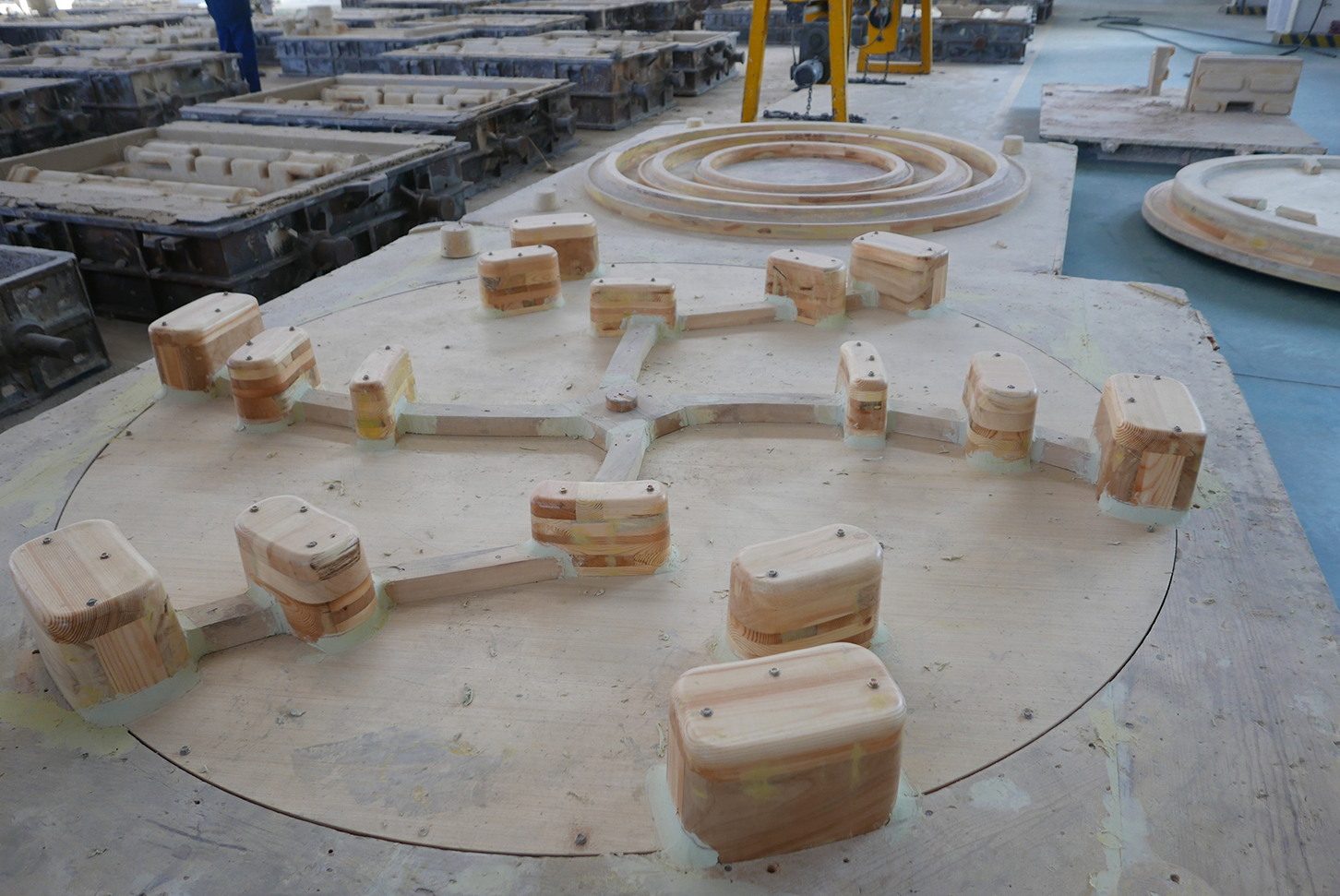- Afrikaans
- Albanian
- Amharic
- Arabic
- Armenian
- Azerbaijani
- Basque
- Belarusian
- Bengali
- Bosnian
- Bulgarian
- Catalan
- Cebuano
- China
- China (Taiwan)
- Corsican
- Croatian
- Czech
- Danish
- Dutch
- English
- Esperanto
- Estonian
- Finnish
- French
- Frisian
- Galician
- Georgian
- German
- Greek
- Gujarati
- Haitian Creole
- hausa
- hawaiian
- Hebrew
- Hindi
- Miao
- Hungarian
- Icelandic
- igbo
- Indonesian
- irish
- Italian
- Japanese
- Javanese
- Kannada
- kazakh
- Khmer
- Rwandese
- Korean
- Kurdish
- Kyrgyz
- Lao
- Latin
- Latvian
- Lithuanian
- Luxembourgish
- Macedonian
- Malgashi
- Malay
- Malayalam
- Maltese
- Maori
- Marathi
- Mongolian
- Myanmar
- Nepali
- Norwegian
- Norwegian
- Occitan
- Pashto
- Persian
- Polish
- Portuguese
- Punjabi
- Romanian
- Russian
- Samoan
- Scottish Gaelic
- Serbian
- Sesotho
- Shona
- Sindhi
- Sinhala
- Slovak
- Slovenian
- Somali
- Spanish
- Sundanese
- Swahili
- Swedish
- Tagalog
- Tajik
- Tamil
- Tatar
- Telugu
- Thai
- Turkish
- Turkmen
- Ukrainian
- Urdu
- Uighur
- Uzbek
- Vietnamese
- Welsh
- Bantu
- Yiddish
- Yoruba
- Zulu
Okt . 09, 2024 03:50 Back to list
ductile iron pipe for sanitary sewer
Ductile Iron Pipe for Sanitary Sewer Systems A Comprehensive Overview
Ductile iron pipe, introduced in the 1950s, has emerged as a favored choice for various piping systems, particularly in sanitation and wastewater management. This versatile material combines strength and durability with excellent corrosion resistance, making it an ideal option for sanitary sewer applications. Understanding the characteristics, benefits, and installation considerations of ductile iron pipe can help municipalities and contractors make informed decisions for their infrastructure needs.
Properties of Ductile Iron Pipe
Ductile iron pipe is made from a special form of cast iron that incorporates a small amount of magnesium during its production process. This enhancement transforms the iron structure, resulting in a material that is considerably stronger and more resilient than traditional cast iron. The unique microstructure provides ductility, allowing the pipe to withstand tensile and impact stresses without failure.
The typical mechanical properties of ductile iron pipe are impressive. With a tensile strength often exceeding 60,000 psi and yield strength upwards of 40,000 psi, this type of pipe can bear heavy loads and pressures, which is paramount in sewer systems where substantial hydraulic forces are present. Additionally, ductile iron pipes are available in various sizes, ranging from small diameters suitable for residential applications to large diameters for municipal use.
Corrosion Resistance
Corrosion is one of the most critical challenges faced by wastewater infrastructure. Ductile iron pipes are designed to resist corrosion through various protective coatings. The internal surfaces are often coated with cement lining to minimize abrasion and chemical attack from sewage. Externally, these pipes may be coated with bituminous or epoxy finishes, which provide barrier protection against environmental elements.
Moreover, the use of ductile iron pipe in sanitary sewer systems enables extended service life, with many installations showing a lifespan of over 100 years when properly maintained. This durability translates into lower replacement and maintenance costs over the long term, making it a cost-effective choice for municipalities.
Installation Considerations
ductile iron pipe for sanitary sewer

Proper installation techniques are crucial to maximize the performance and longevity of ductile iron pipes. The weight of these pipes necessitates careful handling and support during installation. As they are typically heavier than PVC or HDPE alternatives, a skilled workforce must manage the lifting and alignment processes effectively.
Before installation, proper trench preparation is essential. The trench should be excavated to the correct depth and width, ensuring that the bedding material is well-compacted and free from debris. This preparation helps to provide the necessary support and limits the risk of pipe deformation.
During installation, joints between ductile iron pipes can be achieved through various methods, including mechanical joints, push-on joints, and welded joints. Each method offers advantages based on the specific application and environmental conditions. It is essential for contractors to follow the manufacturer's guidelines for each joint type to achieve a secure and leak-free system.
Environmental Impact and Sustainability
Ductile iron pipes contribute positively to sustainability in sanitation infrastructure. Their longevity reduces the frequency of replacement projects, translating into lower resource consumption and waste generation over time. Furthermore, the raw materials used in ductile iron production, such as recycled iron and scrap metal, promote recycling efforts and reduce the ecological footprint associated with new materials.
As populations continue to grow and urban areas expand, the need for reliable, sustainable water and wastewater infrastructure becomes increasingly important. By choosing ductile iron pipes for sanitary sewers, engineers and municipal planners can ensure that their systems meet the demands of modern society while maintaining environmental responsibility.
Conclusion
In summary, ductile iron pipes represent a robust and reliable solution for sanitary sewer systems. Their exceptional strength, corrosion resistance, and longevity offer multiple advantages that contribute to efficient wastewater management. With proper installation and maintenance practices, ductile iron pipes can serve municipalities for decades, providing essential infrastructure that supports public health and environmental stewardship. As infrastructure needs evolve, ductile iron continues to stand out as a superior choice for future-focused sanitation solutions.
-
8mm Thin-Walled Cast Steel Manhole Cover Pallet Bottom Ring | Durable
NewsAug.04,2025
-
Premium Cast Iron Water Main Pipe: Durable, Corrosion-Resistant
NewsAug.03,2025
-
Durable Cast Iron Water Mains | AI-Optimized Systems
NewsAug.02,2025
-
High-Efficiency Propane Boiler for Baseboard Heat | Save Energy
NewsAug.01,2025
-
Premium Source Suppliers for Various Gray Iron Castings
NewsJul.31,2025
-
Durable Cast Iron Water Main Pipes | Long-Lasting
NewsJul.31,2025


